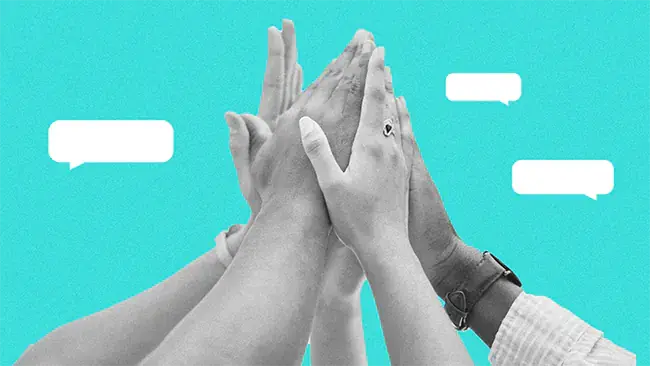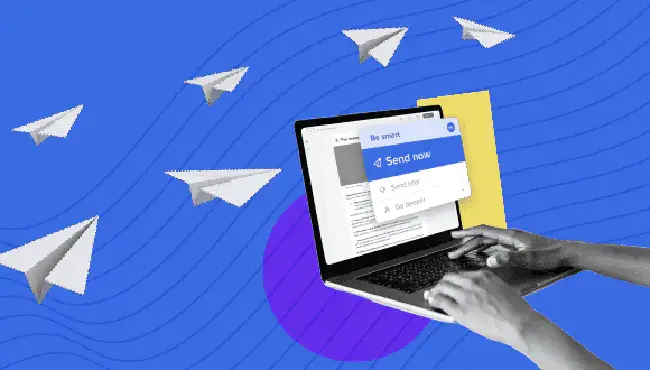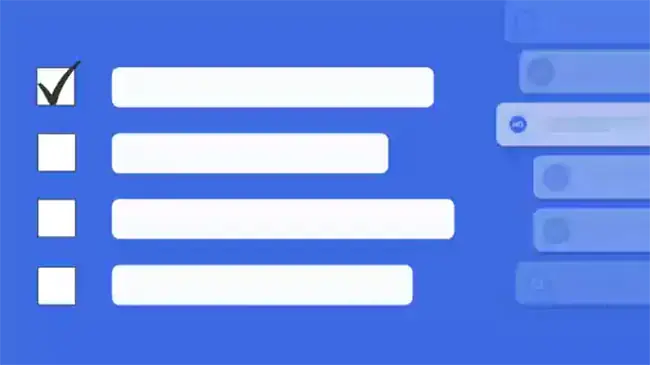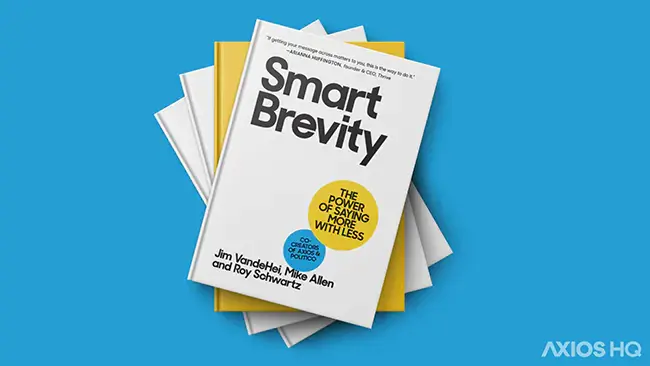Conversational writing will keep readers engaged

Clear, compelling writing is a lot like a good conversation.
- Imagine you run into a friend and take a minute to catch up. You might start with an interesting story, but you wouldn’t dwell on any one detail too long, pad it with jargon and SAT words, or tell them things they already know.
All of that would bore them, but we’re guilty of every single one when we sit down to write.
What works: Conversational language. The better you can capture a literal human interaction in your email, memo, or update, the more trustworthy and engaging you’ll be for your readers. Just 7% of U.S. employees strongly agree communication is accurate, timely and open where they work, according to Gallup. But when it is present, it builds relationships, trust and spurs success.
Why it works: It’s easy to parse and absorb. Beyond that, studies have shown simple language — especially in professional writing — is a mark of confidence. When clunky prose and jargon pop up, it usually stems from junior folks trying to sound smart.
How to do it: Whatever you’ve written, read it aloud. Then, rewrite any phrase that sounded clumsy or made you run out of breath. Better — start by speaking whatever you need to share, then write down those literal words. As you read it back, push yourself to:
- Be real: Skip long wind-ups you wouldn’t actually say. Throat-clearing context and long introductory clauses get in the way of what’s new and urgent.
- Be ruthless: Cut everything but your most essential points, then strike every word you don’t need. The clear core of your message will come into focus. These are the principles our AI summary generator uses to cut the fluff and highlight what truly matters.
- Be brief: Choose short, vivid words, and speak with authority. If you’re not an expert on the topic, tap a colleague who is so they can simplify. A conclusion generator can help summarize your ideas.
- Be energetic: Use the active voice — first your subject, then your verb. It’s direct and easy to read.
Between the lines: This works for every kind of communication. Imagine closing an important new client. You have 20 seconds to tell your SVP before they step into a status meeting. What do you say?
- It won’t be: I’m thrilled to share that after months of hard work, the shared efforts of our team finally paid off. As of COB tomorrow, we’ll have contracts with XYZCorp and hit our January sales goals one week early!
- It might be: We just closed XYZCorp. That $350k contract means we’ll hit January goals a week early.
The bottom line: Audience-first writing means meeting readers where they are, and writing the way they talk. If the words you write aren’t the same ones you’d speak, stop and try again.





.webp)












.webp)

















